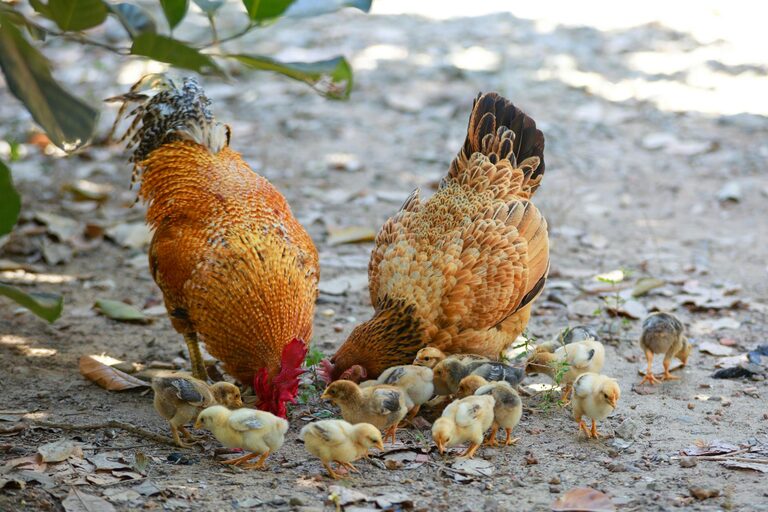
Birdwatching is a relaxing and rewarding hobby that anyone can enjoy, especially from the comfort of their own backyard. Whether you live in a bustling city or a quiet suburb, attracting and observing birds can connect you with nature and brighten your days. If you’re just starting out, this guide offers simple tips to help you get going and make the most of your backyard birdwatching experience.
Why Birdwatching in Your Backyard?
Birdwatching doesn’t require expensive equipment or extensive travel. Observing birds in your backyard offers many benefits:
– Convenience: You can watch birds without leaving home.
– Stress relief: Spending time watching birds can be soothing.
– Educational: Learn about local bird species and their habits.
– Environmental connection: Become more aware of local wildlife and ecosystems.
Getting Started: What You Need
1. Basic Birdwatching Gear
You don’t need much to start, but a few items improve your experience:
– Binoculars: A good pair with 8x to 10x magnification helps you see details.
– Bird Identification Guide: A book or app to help identify species.
– Notebook or Journal: To record your sightings, dates, and notes.
– Camera (optional): To capture photos of birds for reference or sharing.
2. Choosing the Right Spot
Pick a quiet spot in your yard where you can sit comfortably and watch without disturbing the birds. Near windows, patios, or gardens usually work well. Bring a chair or cushion for comfort.
How to Attract Birds to Your Backyard
1. Provide Food Sources
Food is the best way to invite birds close for observing:
– Birdfeeders: Use feeders filled with seeds like sunflower, millet, or mixed seed blends.
– Natural food: Plant native plants, shrubs, and flowers that produce berries, seeds, or nectar.
– Water: Offer fresh water in a birdbath or shallow dish, and keep it clean.
2. Create Shelter and Nesting Sites
Birds need safe places to rest, hide, and raise young:
– Trees and shrubs: Plant native trees and bushes; dense foliage offers protection.
– Nest boxes: Install birdhouses suited to the species in your area.
– Leave leaf litter: It supports insects and creates ground cover for smaller birds.
3. Avoid Chemicals and Hazards
Stay away from pesticides and herbicides that can harm birds. Keep cats indoors or supervised to protect visiting birds.
Understanding Bird Behavior
1. Watch Quietly and Patiently
Birds are sensitive to noise and sudden movement. Approach your viewing spot quietly, and avoid loud talking or sudden gestures.
2. Learn Common Bird Calls
Listening for bird songs and calls enhances your chances of spotting species. Many free apps and websites can help identify bird sounds.
3. Note Timing and Seasons
Bird activity changes depending on time of day and season:
– Early mornings and late afternoons are often best for birdwatching.
– Migration seasons (spring and fall) may bring unusual visitors.
Recording Your Observations
Keeping a simple record helps track patterns and improve identification skills:
– List species seen and their numbers.
– Note the date, time, and weather conditions.
– Write down interesting behaviors or interactions.
Joining the Birdwatching Community
Connecting with others makes the hobby more enjoyable:
– Join local birding groups or online forums.
– Participate in citizen science projects like bird counts.
– Share photos and stories with friends or social media groups.
Troubleshooting Common Challenges
Birds Not Visiting?
– Check that feeders have fresh food.
– Make your backyard more inviting with shelter and water.
– Give it time; birds may take a while to discover new feeding spots.
Difficult Bird Identification?
– Use multiple sources like guides and apps.
– Focus on key features: size, color patterns, beak shape.
– Practice regularly; your skills will improve.
Final Thoughts
Backyard birdwatching is a wonderful way to connect with nature daily. With some patience, a bit of preparation, and a willingness to learn, you’ll soon enjoy observing a variety of birds bringing life and color to your outdoor space. Happy birdwatching!
